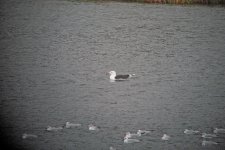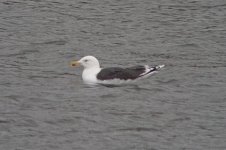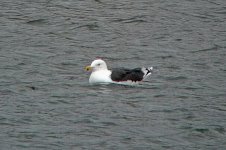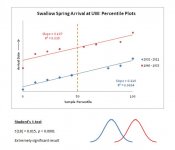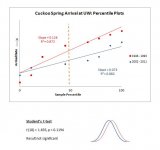Gavo
Well-known member
A nice read Dave, and well done on the record.
I'm well pleased with my first year, 122 is a pretty poor total but as I'm a newbie I'll take it with a grin. I did'nt start coming to UW in earnest until March so it's not too bad.
I am away until next Saturday so I won't be starting my list until the work party.
Until then have a good week and hope your lists are not too big before I make my first appearance of the year 8-P
I'm well pleased with my first year, 122 is a pretty poor total but as I'm a newbie I'll take it with a grin. I did'nt start coming to UW in earnest until March so it's not too bad.
I am away until next Saturday so I won't be starting my list until the work party.
Until then have a good week and hope your lists are not too big before I make my first appearance of the year 8-P





